Neopatriarchal Project of Nationalistic Press of the 1920s-1930s
DOI https://doi.org/10.17721/2522-1272.2019.75.9
UDС 007:070.19
Neopatriarchal Project of Nationalistic Press of the 1920s-1930s
Olga Khamedova, PhD. (philol. sci), Associate Professor Institute of Journalism at Borys Grinchenko Kyiv University
ABSTRACT
The article focuses on the problem of interaction between ideology and gender in the Ukrainian press of the 1920s-1930s. The object of the study is the nationalistic periodical publications in the interwar two decades period.
The objective of the study is to ascertain the techniques of dissemination of discursive impact and construction of gender models, taking into account the ideological vector of a publication. The chosen research methodology is synthesis of critical discourse-analytical approach with feminist criticism, which allows to analyze the texts in the context of “domination/subordination”.
Results of the study. The nationalistic publications consistently restored the patriarchal values in the western Ukrainian society on the eve of the 1920-1930’s. Their journalists constructed an idea of militaristic masculinity as a normative and used the following techniques: modeling a warrior’s image through comparison with a foreign model of normative masculinity, the narratives about dangerous actions and martyrdom of nationalist heroes, popularization of sport and physical hardness aimed at training of youth generation for the upcoming liberation war. The nationalists tried to deny the achievements of the Ukrainian feminist movement, in particular “Soiuz Ukraiinok”/”Union of Ukrainian Women”, had the fierce ideological discussions with the leadership of this organization on the pages of their publications.
A woman was represented as a resource in terms of underground struggle against the invaders and in terms of the upcoming national liberation war. However, there were extremely few materials in which the heroines (actants) were women. The heroines in the nationalistic press were endued with three functions: biological, symbolic and ideological. In those materials, which still covered the women as the members of militant groups, military or political actions, their contribution was diminished and consealed.
Сonclusions of the study. The patriarchal myth was revivaled on the pages of the nationalistic press of the 1920-1930s. According to nationalists the patriarchal structure of society served best the ideological tasks in order to prepare the Ukrainians for a long national liberation struggle.
Relevance of the study. Understanding the mechanisms of interaction between ideology and gender gives an idea of interconnections within the power-media-society paradigm, which is one of the most significant issues of the modern media researches.
KEYWORDS: ideology; discourse; nationalism; feminism; patriarchate.
75_9[download url=”http://www.scientific-notes.com/wp-content/uploads/2020/01/75_9.pdf” title=”Link to the article’s PDF-file”]
